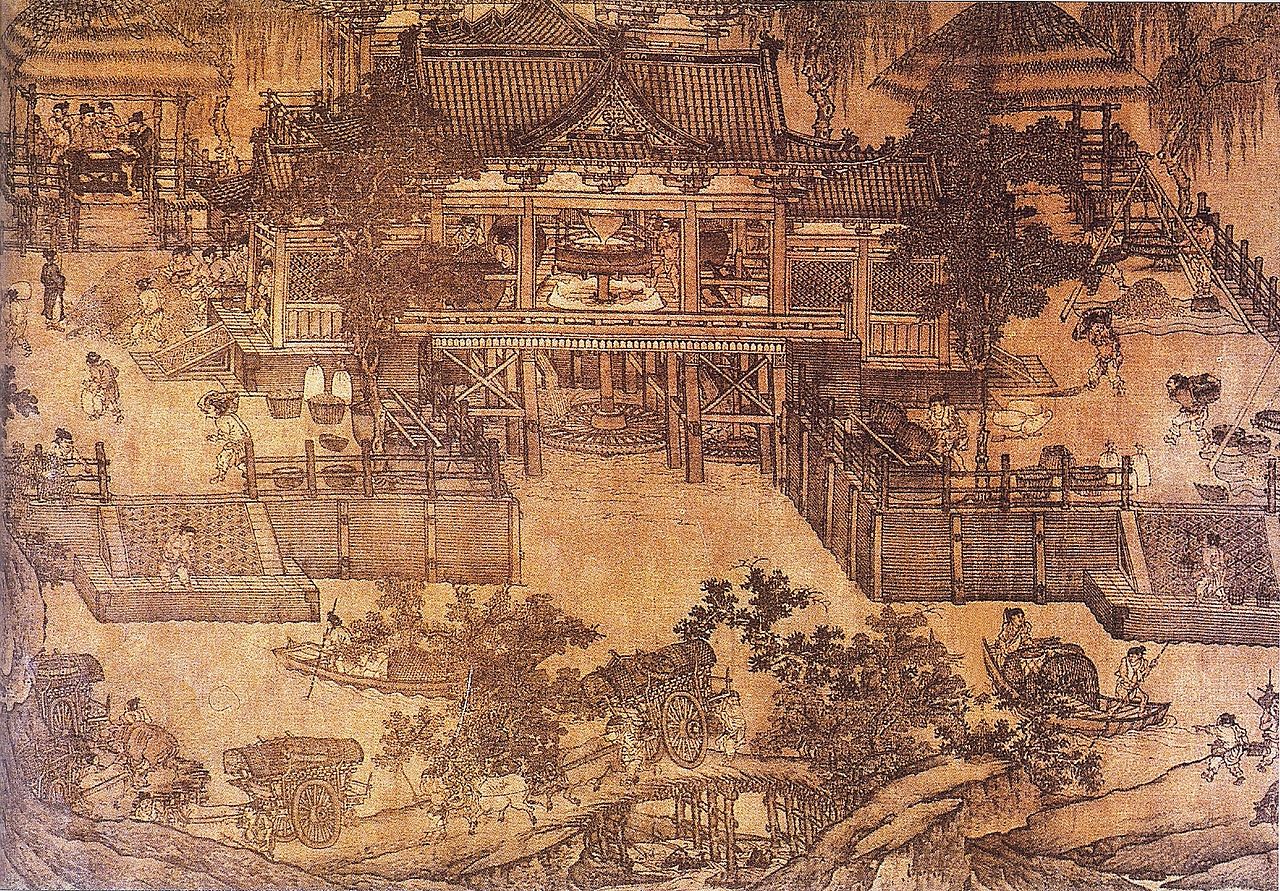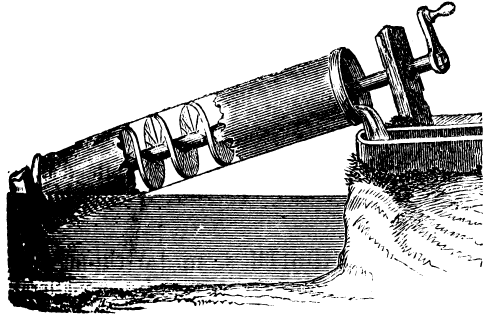Hydraulics through the ages
Hydraulics is one of the most important discoveries that man made to manipulate the laws of physics to our benefit. It is the basic principle in many of the important inventions that we have enjoyed since the olden times up to the present, from ancient irrigation canals through to hydraulic drives, pumps, turbines, lift kits, presses, hydropower and with the potential for future applications such as low cost Hydro-hydraulic alternative energy.
In the timeline below let’s take a look at the contributions different regions of the ancient and medieval world have made to the study and usage of hydraulics which paved the way for significant milestones and inventions we enjoy today:
Egypt and Mesopotamia – Egyptians and Mesopotamians were among the first to use hydraulics for irrigation and defence, without attempting to thoroughly understand the laws governing fluid motion
6th millennium BC: ancient Mesopotamians and Egyptians use water power for irrigation
2nd millennium BC: Mesopotamians and Egyptians used water clocks
Greek / Hellenistic age – Greeks made the first notable attempts to rationalise the nature of water pressure and chart flow patterns
3rd century BC: Archimedes invents the Archimedes Screw which enabled water to be raised uphill, overcoming gravity. The Greeks construct the Perachora Wheel, an early version of the hydraulic wheel which is also probably the earliest European invention of this kind.
c. 270 BC to c. 10-80 AD: Ctesibius and Hero of Alexandria design hydraulic equipment such as the piston pump and water clock.
Ancient and Medieval Asia – Various regions in China and Sri Lanka already have widespread use of hydraulic systems since antiquity
6th century BC to 1031–1095: The rise of notable Chinese inventors making use of hydraulic principles for their devices. They include Du Shi (circa 31 AD) who used a waterwheel to power the bellows of a blast furnace used in cast iron production, and Zhang Heng (78 - 139 AD) who was the first to use hydraulic power in providing motive power to rotate a device used in astronomical observation.

1st century AD: Completion of large-scale irrigation systems in Sri Lanka.
Macro- and micro-hydraulics for horticulture and agriculture, surface drainage and erosion control, water courses for recreation and ornaments as well as cooling systems and cisterns for collecting water are also in place.
Ancient Roman innovations – Early Romans pursued the practical and constructional applications of hydraulics instead of exploring the theories behind it
2,000 years ago: The Roman Empire built great cities with public water systems, aqueducts, watermill-generated power and hydraulic mining, wherein water streams travelling in aqueducts were used to erode the soft deposits, then wash off the tailings remaining only its gold sediments.
(All photos from WikiPedia)
